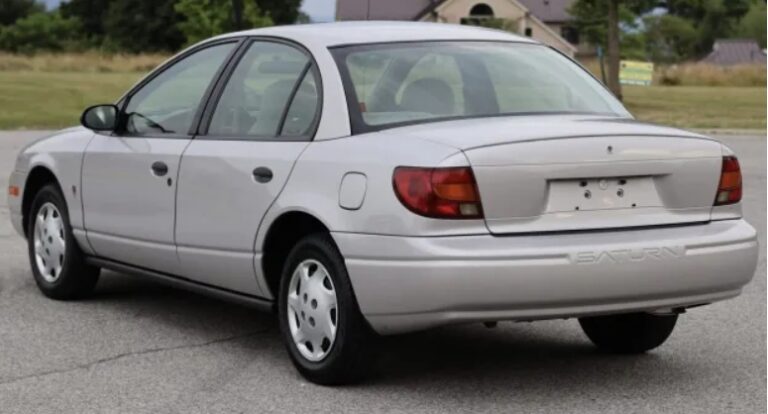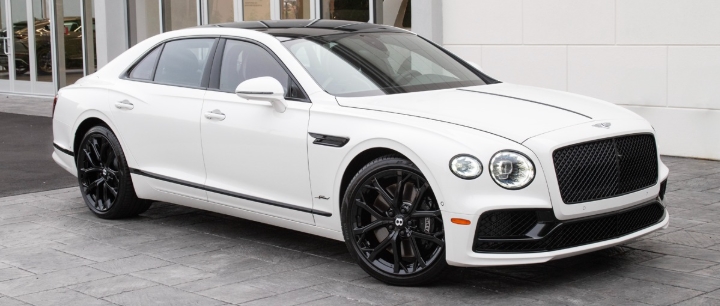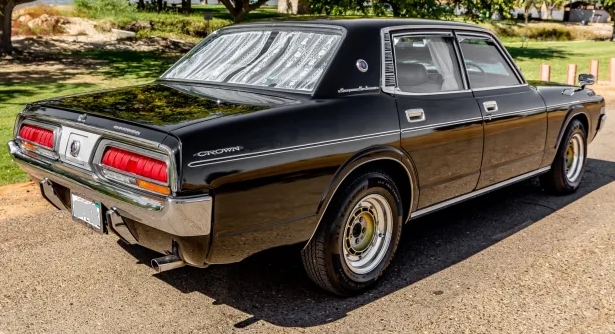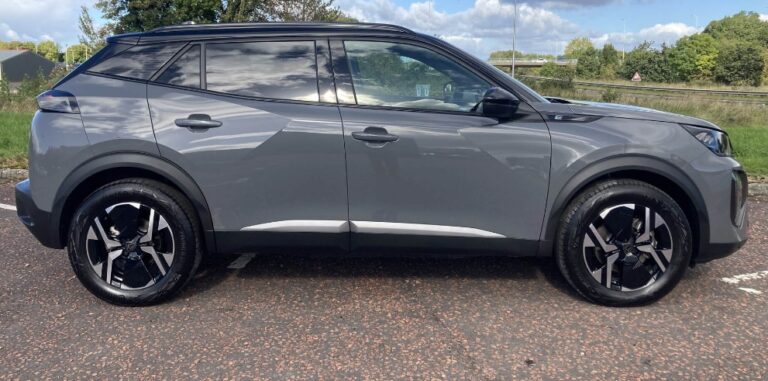The Evolution of the Honda HR-V: A Comprehensive Overview
The Honda HR-V has carved out a significant niche within the subcompact SUV market since its inception. Initially introduced in Japan in the mid-1990s, the HR-V has undergone several transformations over the years, adapting to shifting consumer preferences and market dynamics. This article explores the evolution of the Honda HR-V, detailing its various models, trim levels, and the impact it has made in the automotive world over more than two decades.
First Generation (1998–2006)
The first-generation Honda HR-V was launched in Japan in 1998. Known as a compact crossover and marketed in various international markets, this model was fundamentally different from what would follow. It utilized the platform of the Honda Civic and bore a resemblance to the Honda CR-V but was smaller and more agile.
Key Features:
- Dimensions: Compact size, ideal for city driving.
- Engine Options: Offered with a 1.6-liter gasoline engine available in both front-wheel drive (FWD) and all-wheel drive (AWD) configurations.
- Interior Space: Renowned for its “Magic Seat” system, which allowed for versatile cargo configurations.
Trim Levels:
- Base Model: Offered in basic functionality.
- Mid-Level Models: Included additional features like better audio systems and air conditioning.
- High-End Versions: Featured premium audio, leather seats, and advanced safety features.
The HR-V was discontinued in many markets after 2006, primarily due to a shift in focus towards more conventional SUVs.
Second Generation (2014–2021)
After an eight-year hiatus, Honda reintroduced the HR-V in the United States in 2015, which became part of Honda’s quest to capitalize on the booming popularity of subcompact SUVs. This second-generation model shared its platform with the Honda Fit, reflecting a sporty approach towards design and functionality.
Key Features:
- Dimensions: More substantial than the first generation but still compact enough for urban environments.
- Engine Options: Powered by a 1.8-liter inline-4 engine producing approximately 138 horsepower.
- Fuel Efficiency: Improved fuel efficiency, making it an attractive choice for cost-conscious drivers.
Trim Levels:
- HR-V LX: Standard features included a rearview camera, Bluetooth connectivity, and a push-button start.
- HR-V EX: Added features like a sunroof, 7-inch touchscreen, and Honda’s LaneWatch technology.
- HR-V EX-L: Featured leather upholstery, heated front seats, and advanced audio systems.
- HR-V Sport: This trim provided a sport-inspired aesthetic and upgraded wheels.
Honda introduced a variety of special editions throughout this generation, offering unique color combinations and accessory packages.
.

.
Third Generation (2022–Present)
The third-generation Honda HR-V, launched for the 2022 model year, marked a significant redesign focused on improving style, performance, and technology, allowing it to compete more effectively with rivals such as the Toyota C-HR and Mazda CX-30.
Key Features:
- Platform: Built on a new global platform that enhanced handling and driving dynamics.
- Engine Options: A 2.0-liter inline-4 engine replaced the earlier 1.8-liter engine, delivering about 158 horsepower.
- Interior Enhancements: The redesign prioritized passenger space and cargo capacity, retaining the “Magic Seat” concept while adding more modern technology and styling.
Trim Levels:
- HR-V LX: Base model with safety features like Honda Sensing, a rearview camera, and 17-inch alloy wheels.
- HR-V Sport: More sporty accents, premium audio system, and additional tech features.
- HR-V EX-L: Offered leather-trimmed seats, advanced navigation options, and a larger touchscreen interface.
- HR-V Touring: The high-end version included every available feature, luxury amenities, and all-wheel drive as an option.
The third generation represented a more cohesive design language for Honda, incorporating a bolder front grille and sleek, aggressive lines that resonate well with modern SUV aesthetics.
Market Success and Trends
Niche Positioning
The Honda HR-V has successfully occupied its niche in the burgeoning subcompact SUV market. It appeals to a wide range of customers, from young professionals seeking practicality to families needing more versatility than a standard sedan can provide.
Consumer Preferences
As consumer preferences have evolved to favor SUVs over sedans, the HR-V has benefited immensely. It has positioned itself as a well-rounded vehicle, emphasizing practicality with spacious interiors, adaptive safety features, and efficiency, which resonate well with today’s environmentally conscious buyers.
Technological Advancements
As technology has leaped forward, Honda has ensured that the HR-V remains competitive by integrating advanced safety and infotainment features. Forward collision warning, lane-keeping assistance, and adaptive cruise control became standard provisions on newer models, reflecting Honda’s commitment to safety.
Conclusion
Over more than two decades, the Honda HR-V has transformed from a niche compact crossover into a robust player in the subcompact SUV segment. Its journey from the first generation in the late 1990s to the latest iteration today showcases Honda’s adaptability and responsiveness to market trends and consumer preferences.
With each generation, Honda has refined the HR-V’s design, enhanced its performance, and incremented its utility, ensuring that it continues to meet the demands of modern drivers. As of 2023, the HR-V stands as a well-rounded option for anyone in search of a versatile, economical, and stylish vehicle, solidifying its legacy in the Honda lineup while continuing to adapt to an ever-changing automotive landscape.







